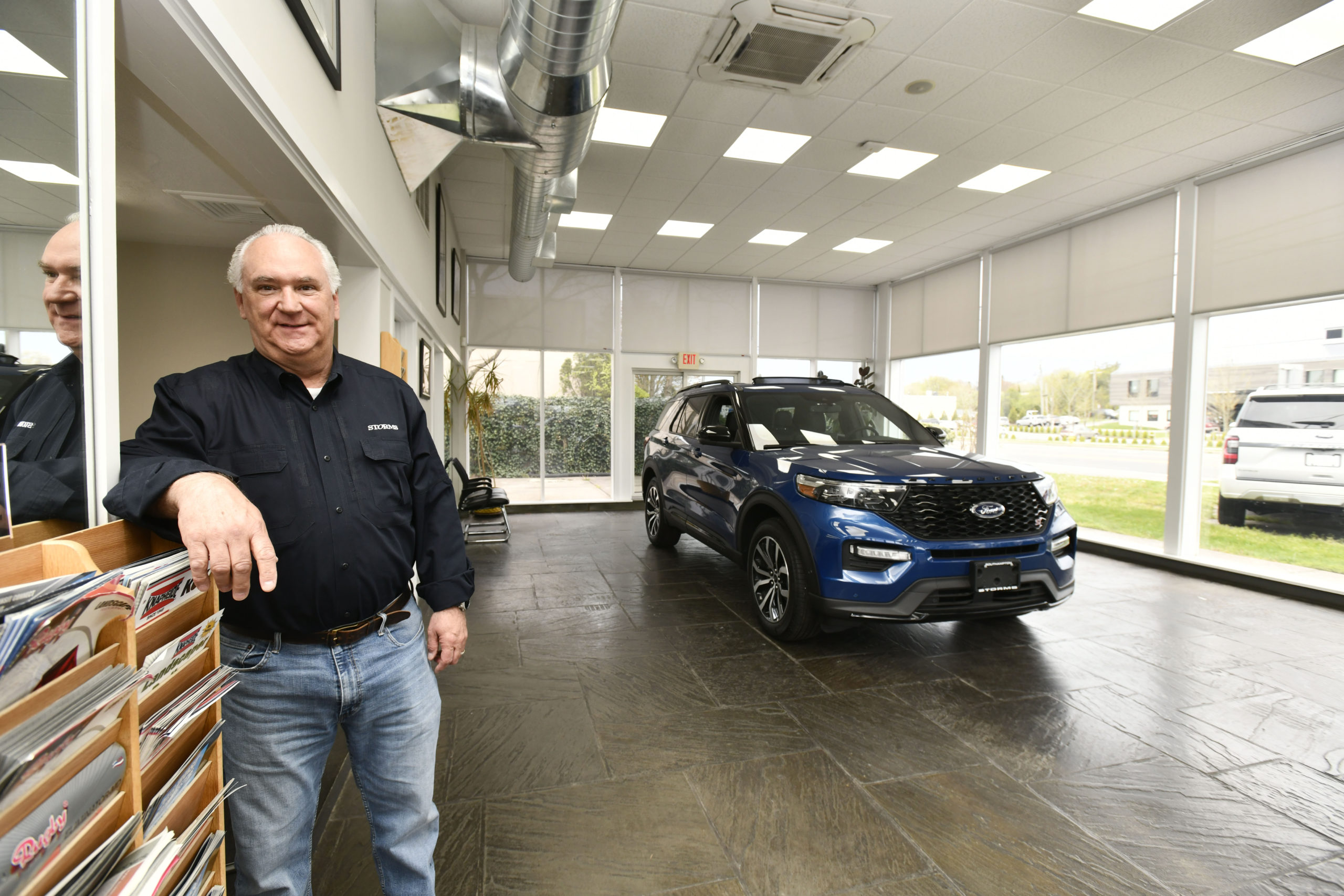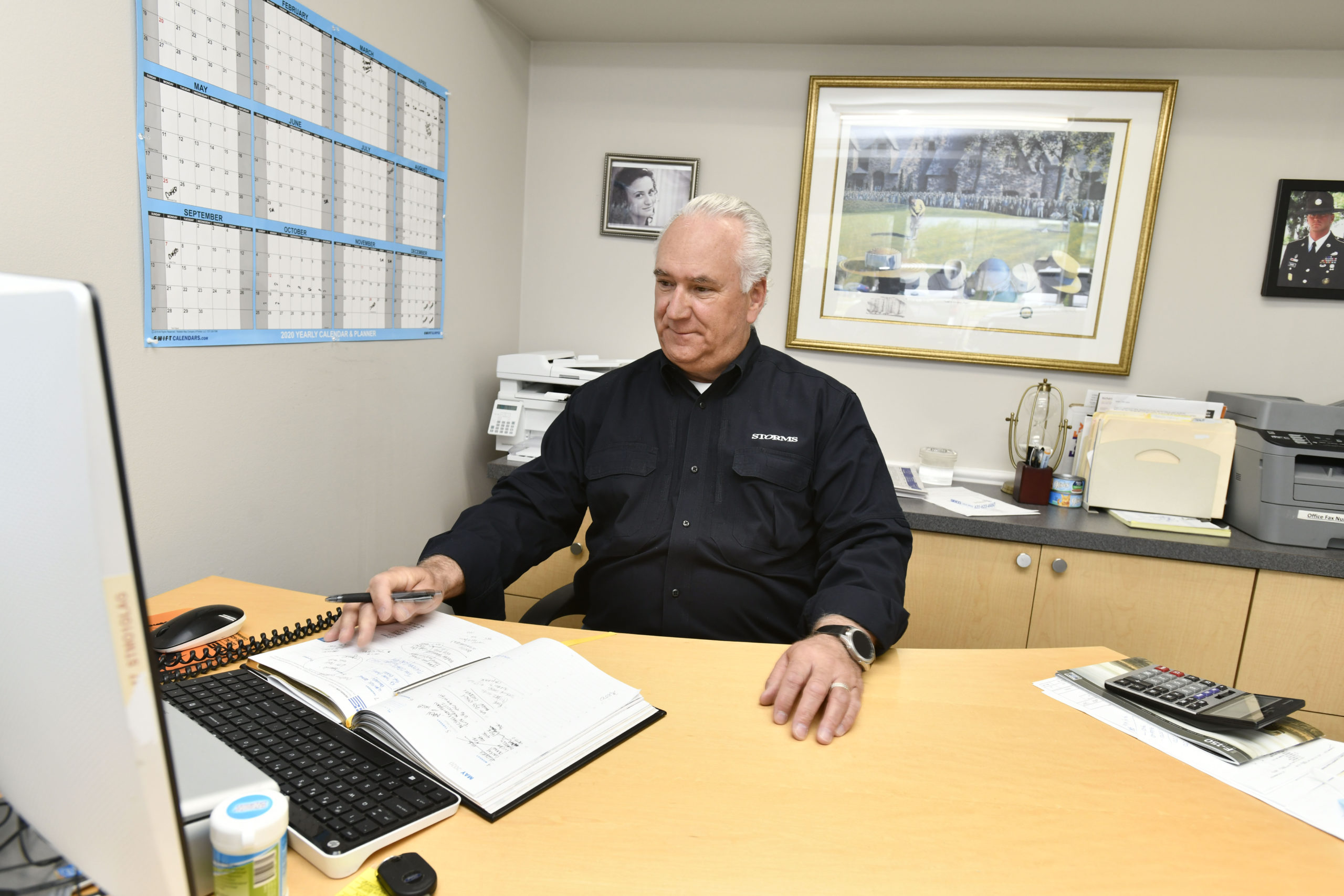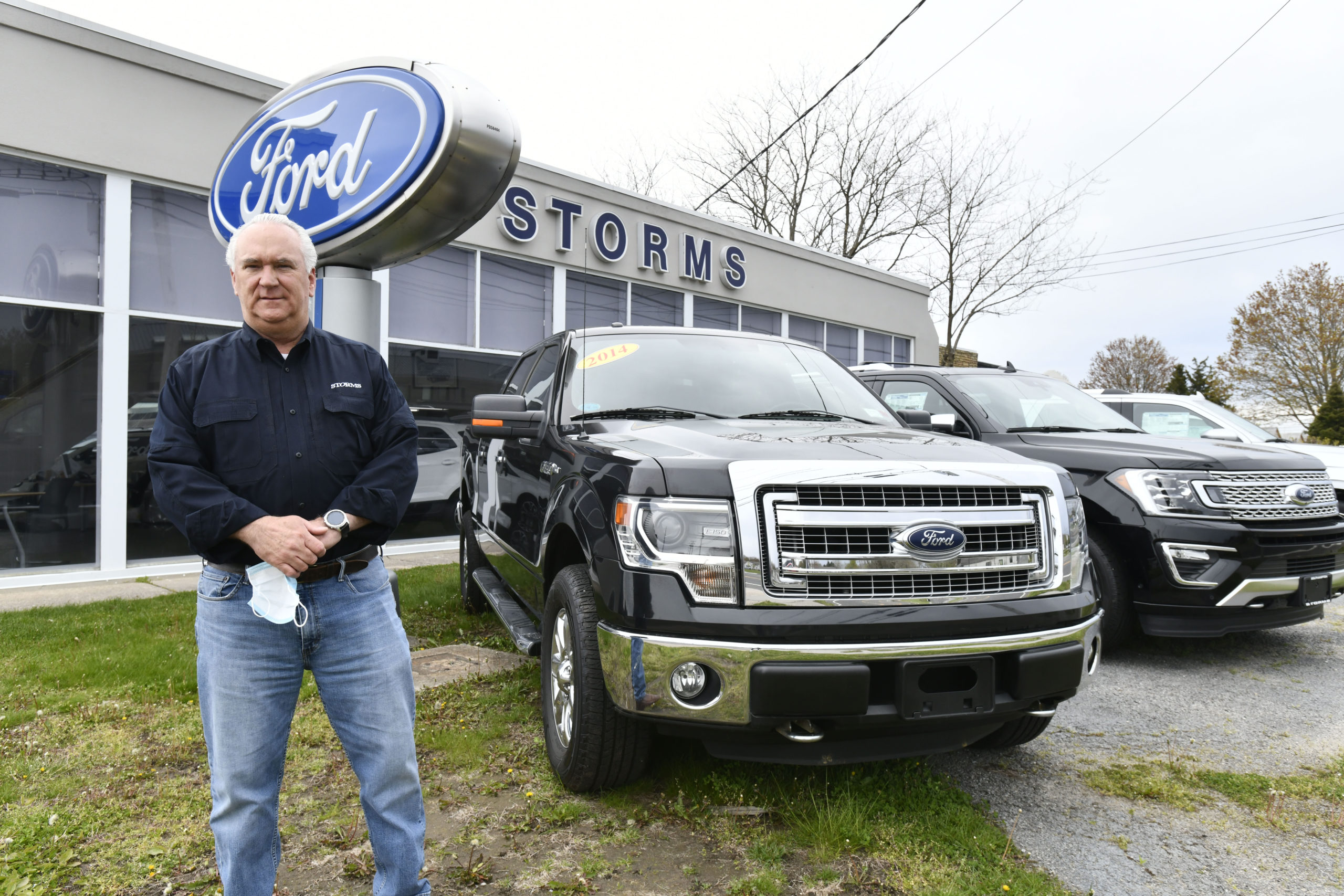
General Manager Stuart Schoener at Storms Ford in Southampton. DANA SHAW
General Manager Stuart Schoener at Storms Ford in Southampton. DANA SHAW
General Manager Stuart Schoener at Storms Ford in Southampton. DANA SHAW

General Manager Stuart Schoener at Storms Ford in Southampton. DANA SHAW

General Manager Stuart Schoener at Storms Ford in Southampton. DANA SHAW

General Manager Stuart Schoener at Storms Ford in Southampton. DANA SHAW
We're happy you are enjoying our content. You've read 4 of your 7 free articles this month. Please log in or create an account to continue reading.
Login / Create AccountWe're happy you are enjoying our content. Please subscribe to continue reading.
Subscribe Already a Subscriber


